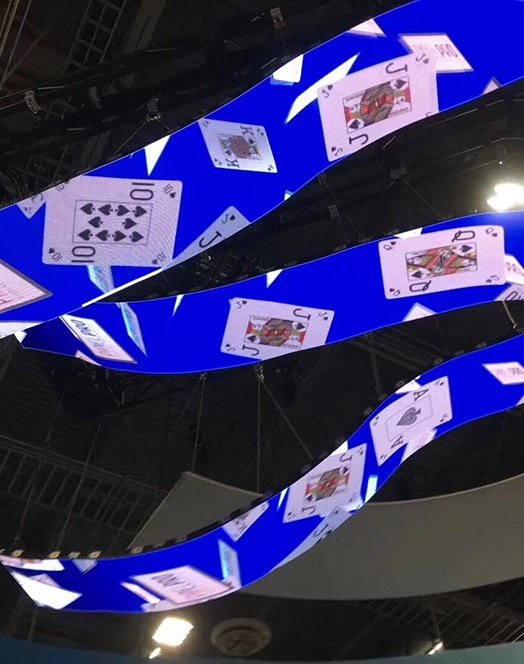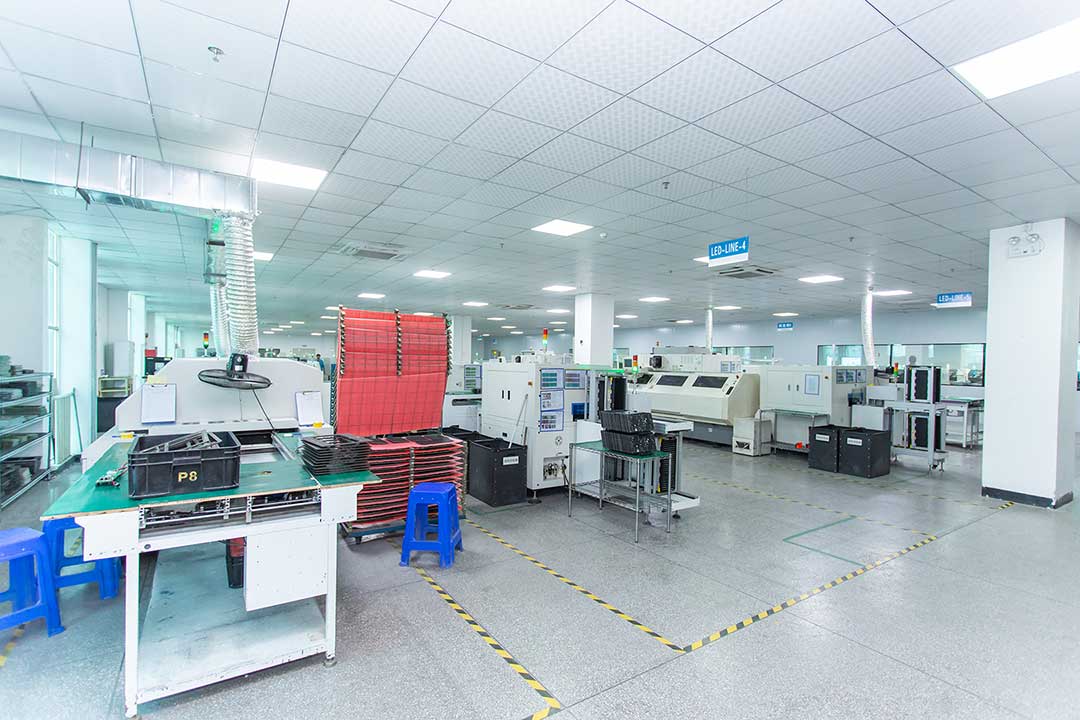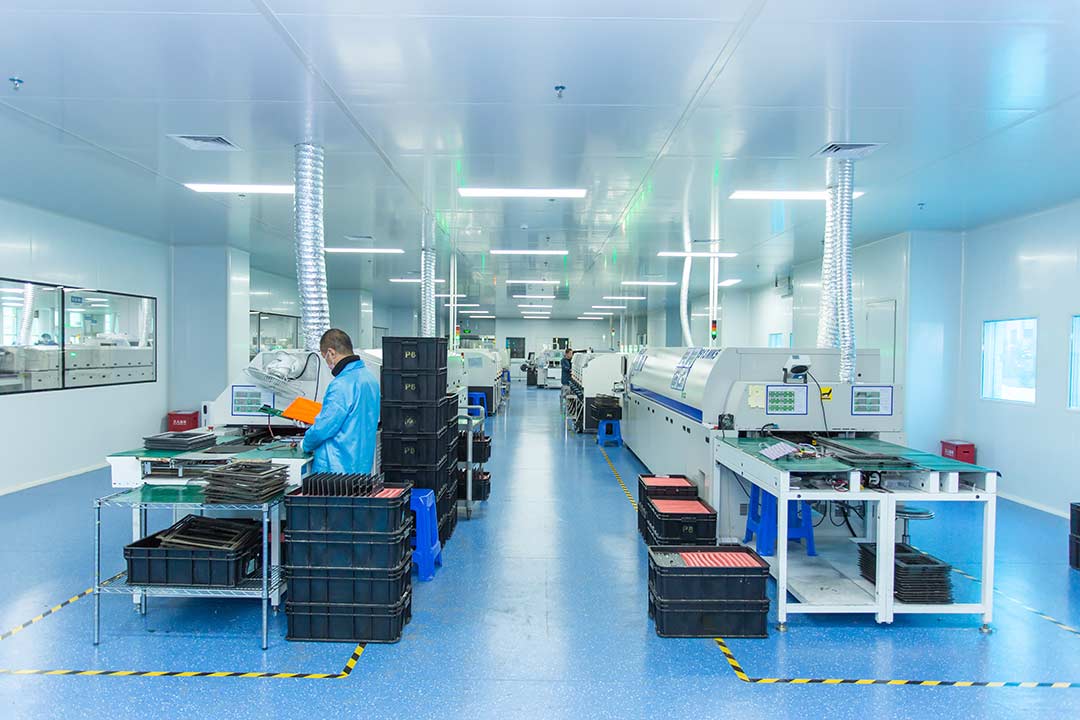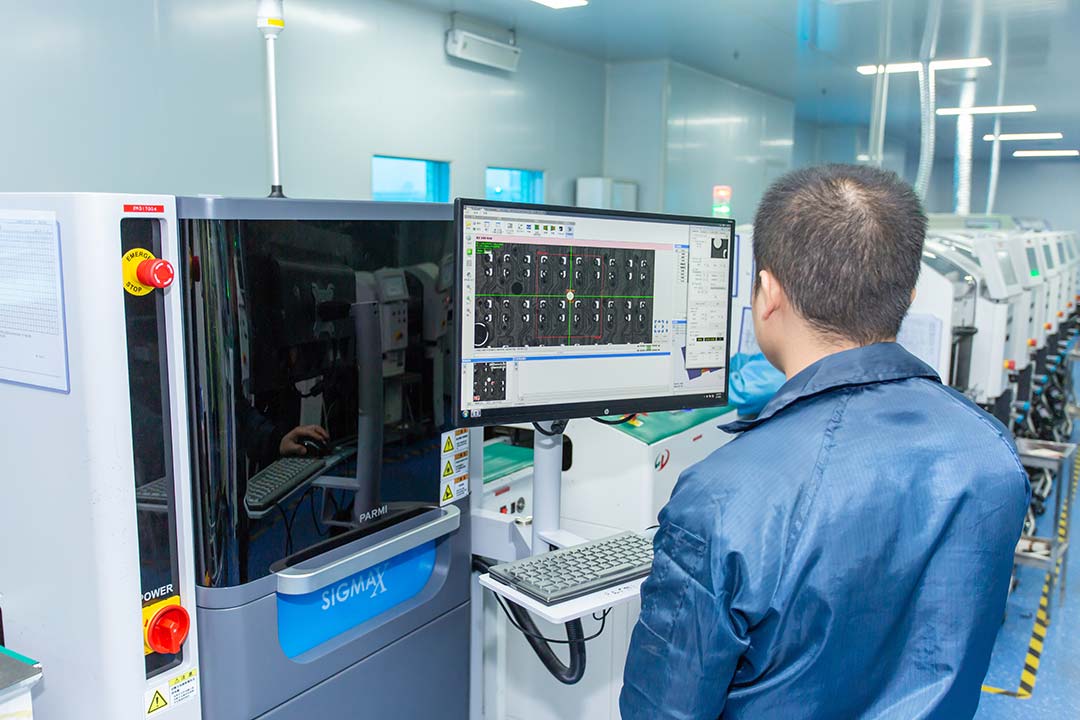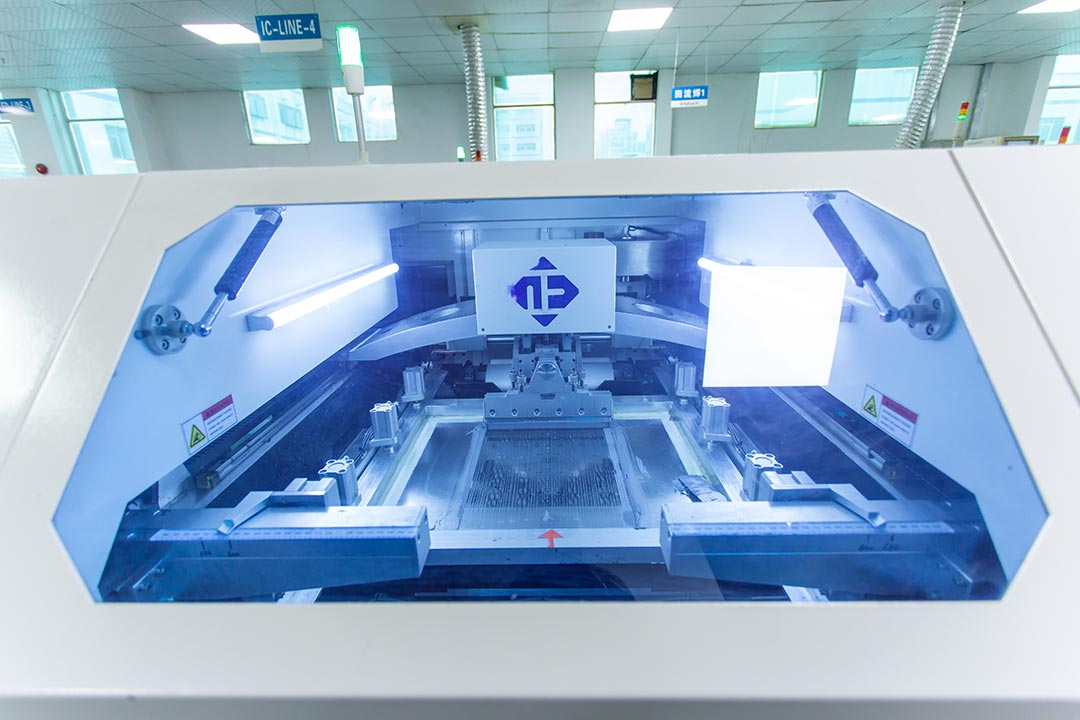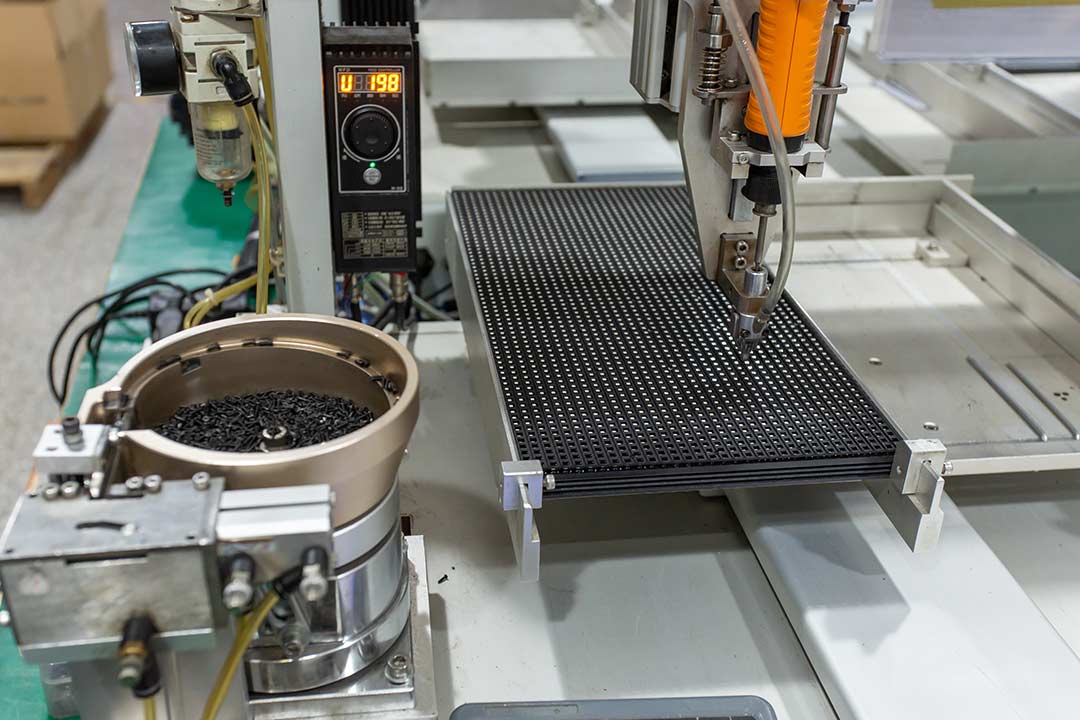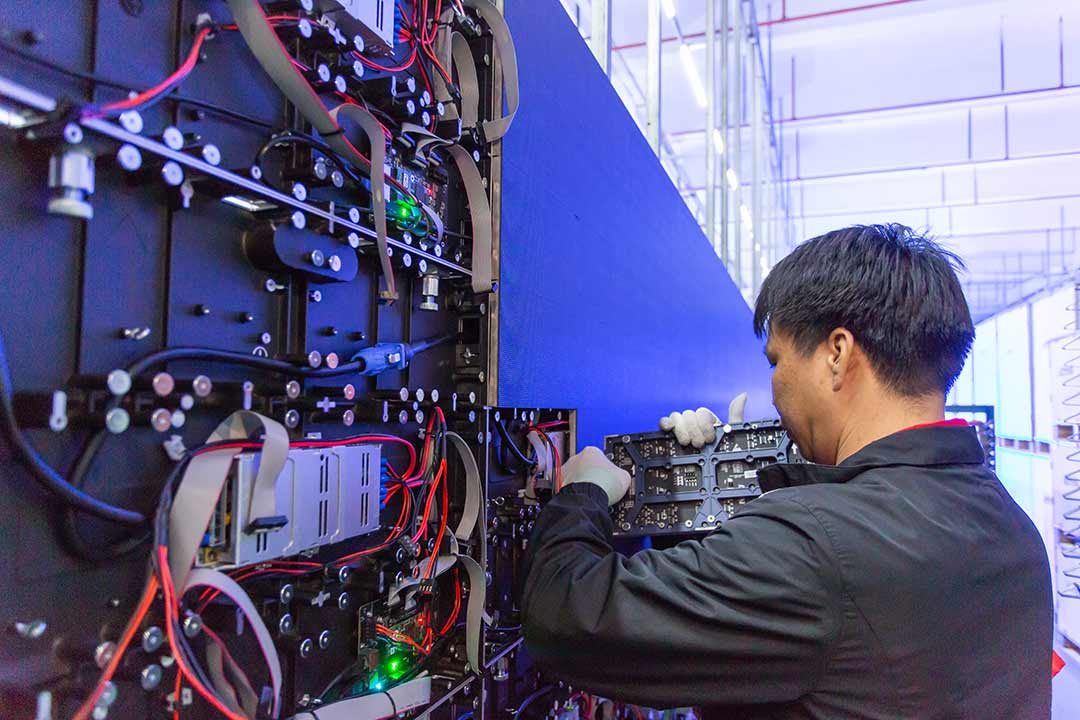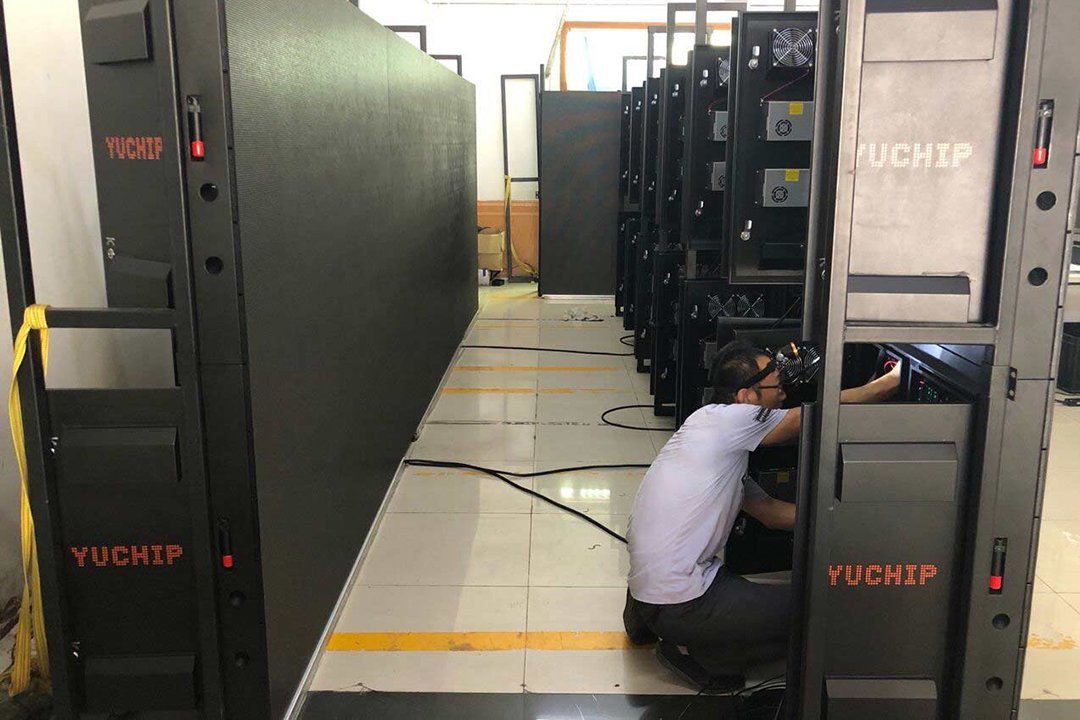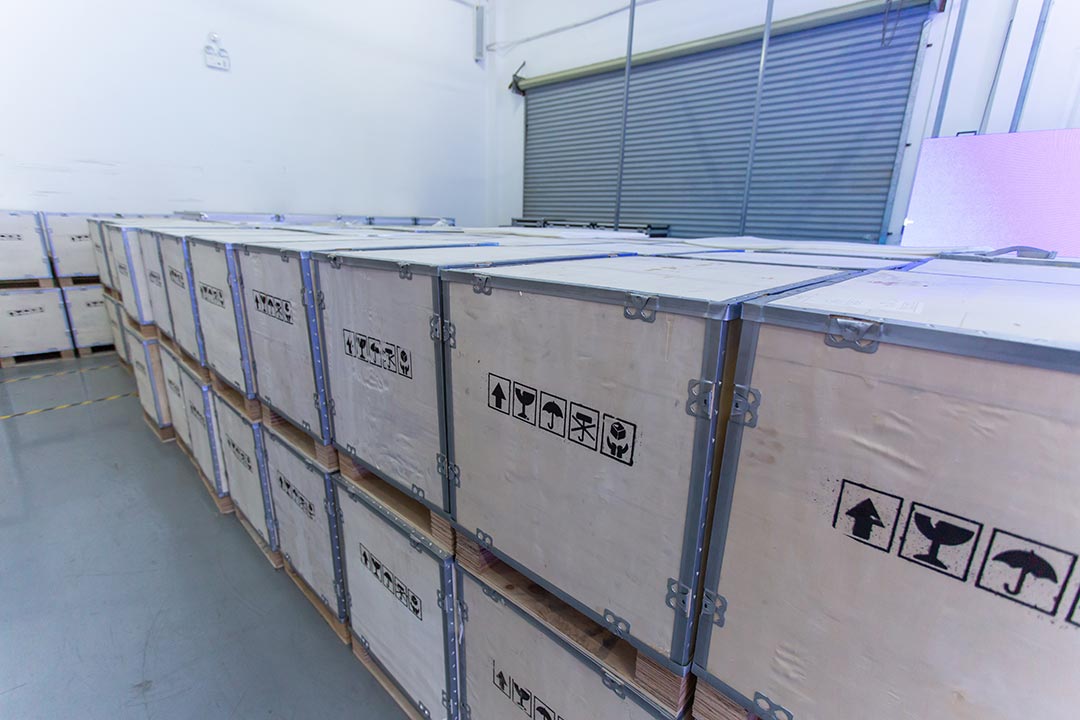
Flexible LED Screen
- YUCHIP flexible LED screen vast pixel pitches range from P1.25, P1.5 to P2.5, P4, etc.
- YUCHIP offers you outstanding flexible LED panels of outdoor and indoor types and for all kinds of installation.
- We have 17 years of professional LED screen manufacturing and projecting experience and have skilled engineers and an R&D team who will assist and guide you on your project.
Flexible LED Screen Product Categories
In the dynamic world of LED display technology, three main types of flexible LED screens stand out: SMD, GOB, and Outdoor. Each type brings unique features designed for various uses.
SMD (Surface Mounted Device) LED flex screens: These screens have tiny LED chips mounted on the surface, making them perfect for sleek indoor displays. They are commonly used in retail stores, corporate settings, and events. GOB (Glue on Board) LED flex screens: These screens have a protective glue layer that makes them resistant to moisture, dust, and physical damage. They are versatile and can be used both indoors and outdoors. Outdoor LED flex screens: Made with durable materials, these screens are waterproof and weatherproof, making them ideal for outdoor advertising, stadium displays, and public events.
SMD technology stands out for delivering high-resolution visuals, perfectly suited for detailed content presentation in retail, corporate, and event displays.
GOB screens, fortified with a protective glue layer, guarantee enhanced durability, making them a versatile choice for various indoor and outdoor applications.
Tailored for durability, outdoor screens are engineered to conquer environmental challenges, excelling in outdoor advertising, stadium displays, and public events.
YUCHIP: Your Professional Flexible LED Screen Manufacturer
YUCHIP is a leading flexible LED screen manufacturer with 17 years of experience. Our engineers use the latest technology and top-quality materials to create high-quality flexible LED panels.
Flexible LED displays can bend and are strong, perfect for creating unique and eye-catching video screens. Large flexible LED panels can make any space stand out, and we produce them on a large scale to keep prices affordable.
With years of expertise, we are proud of our successful track record and high client satisfaction from customers worldwide. We look forward to working with you. Contact us for a great price on a flexible LED screen today!
Latest Flexible LED Screen Projects We Finished
- Our Factory
- Parameters
- Flexible LED Screen Related Videos
- Flexible LED Screen Latest Catalog
Flexible LED Module Specification | ||||||||||
| Pixel Pitch (mm) | 2 | 2.5 | 3 | 4 | 5 | 6 | 8 | 10 | ||
| Pixel Configuration | SMD1010 | SMD1515 | SMD2121 | SMD2121/ SMD1921 | SMD2121 | SMD3528 | ||||
| Encapsulation | 3 in 1 | |||||||||
| Colors Matches | 6:3:1 | |||||||||
| Module Resolution (pixels) | 128 x 64 | 96 x 48 | 80 x 40 | 64 x 32 | 32 x 32 | 32 x 16 | ||||
| Module Pixel (pixels) | 8192 | 3200 | 2048 | 1600 | 1024 | |||||
| Module Size (mm) | 256 x 128 | 240 x 120 | 256 x 128 | 320 x 160 | 192 x 192 | 256 x 128 | 320 x 160 | |||
Flexible LED Cabinet Specification | ||||||||||
| Cabinet Size (mm) | 640 x 640 | |||||||||
| Cabinet Resolution (pixels) | 256 x 256 | 160 x 160 | 128 x 128 | 80 x 80 | 64 x 64 | 32 x 32 | 16 x 16 | |||
| Cabinet Pixels (pixels) | 65536 | 25600 | 16384 | 6400 | 4096 | |||||
| Cabinet Material | Die casting Aluminum/ Aluminum | |||||||||
| Cabinet Weight (kg) | 14 | |||||||||
Flexible LED Screen Specification | ||||||||||
| Pixel Density(pixel/m²) | 210000 | 160000 | 62500 | 40000 | 15625 | 10000 | ||||
| Brightness(cd/m²) | ≥ 700 | ≥ 800-1200 | ||||||||
| Brightness Adjusted | 256 grade by software or by Auto-optic induced | |||||||||
| View Angle | Horizontal 140°; Vertical 140° | |||||||||
| Best Viewing Distance (m) | ≥ 2m | 3 | 4 | 5 | 6 | 8 | 10 | |||
| Communication Distance(m) | <100meter by Internet Cable(without Relay; Multimode fiber cable < 500m; Single-mode fiber cable < 20km | |||||||||
| Display Work Method | 1/16 Scan | 1/10 Scan | 1/8 Scan | 1/3 Scan | 1/2 Scan | |||||
| LED Driving Method | Constant driving current | |||||||||
| Color Contrast Ratio | 5000:1 | |||||||||
| Gray Grade | 16bit | |||||||||
| Display Color | 439, 804, 651, 110 | |||||||||
| Refresh Frequency (Hz) | ≥1920, ≥3840 Optional | |||||||||
| Picture Display Method | Intellective control technology, test-itself technology, correct technology, Synchronization Control | |||||||||
| Input Signal | DVI (S-VIDEO, CVBS, DP, HDMI, VGA, PAL/NTSC, etc. through Video processor converting) | |||||||||
| System Operating | WINDOWS 98, WINDOWS 2000, WINDOWS XP,WINDOWS 7 etc. | |||||||||
| Control System | ||||||||||
| Front/Rear IP Level | IP65 | |||||||||
| Working Temperature (ºc) | -20~+70 | |||||||||
| Stored Temperature (ºc) | -40~+80 | |||||||||
| Operation Humidity (RH) | 0-95% | |||||||||
| Display Lifetime (hours) | 10 years or more (natural environment) 100000 hours (ideal environment) | |||||||||
| Maintenance | Front/ Rear Side | |||||||||
| Working Voltage | AC110 / AC220V±10% 47~63HZ | |||||||||
| Power Consumption | Max: 700W/㎡ ; Ave:250W/㎡ | |||||||||
| Out Of Controlled Dot | ≤3/10,000 (Out of controlled dots means the pixels of which the brightness and the wavelength are both >10% depart to the normal one) | |||||||||
(P4 Flexible LED Display Panels)
Flexible LED Screen: Ultimate FAQ Guide
When you visit a shopping mall, you’ll see many eye-catching ads and visuals designed to grab your attention and make you want to visit stores or buy products. You might wonder what these creative displays are, their features and benefits, and how and why they work.
If you are seeking the ultimate guide about flexible LED screens, here is the right place, and find out yourself from the below article.
What Is A Flexible LED Screen?

A flexible LED screen is a display made using flexible and lightweight materials, such as superb PCB and robust rubber, that allow it to be bent and curved in various shapes. It makes it different from traditional LED screens, typically made using rigid materials that do not qualify for flexibility.
You can use flexible LED displays in various applications, such as advertising, entertainment, and events. They are often used creatively to create unique and engaging displays that you can easily customize to fit a particular space or occasion.
What Are The Different Types Of Flex LED Screens?
There are several different types of LED flex screens, including:
Flexible LED Panels. These are individual panels that are connected to form a larger display. They are often made using lightweight and flexible materials, such as plastic, that allow them to be bent and curved into various shapes.
Flexible LED Matrices. These flex LED screens are made using a matrix of LED lights arranged in rows and columns. They are typically used to display text or images and are often used in advertising or events.

Flexible LED Strips. These are long, thin strips of LED lights that can be easily bent and shaped into different forms. They are often used to add accent lighting or to create decorative displays.
Flexible LED Tiles. You can easily connect these small, square, or rectangular tiles to create larger displays. They are often used in architectural or interior design applications to create unique and engaging presentations.
Overall, the type of LED flex screen that is best for a particular application will depend on the specific requirements and goals of the project. However, today we mainly talk about flexible LED panel display screens.
You can find various flexible LED panels. Among the most popular models is P2.5. You can also use P1.25, P1.56, P2, P3, and P4 flexible LED display screens for your specific project need.
What Are The Great Benefits Of Using A Flexible LED Screen?
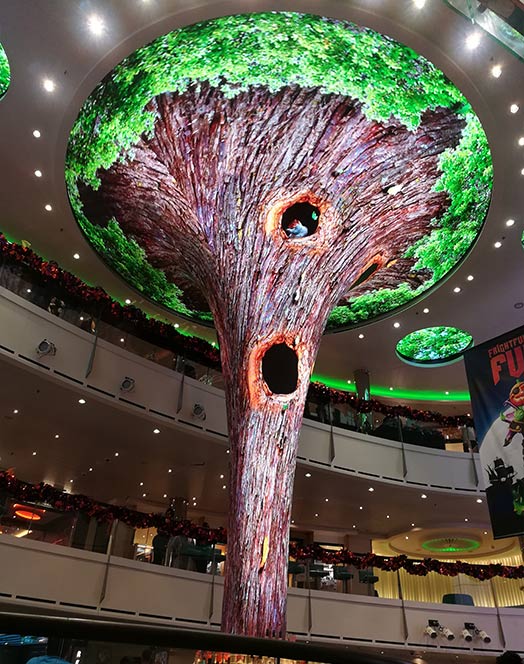
There are several benefits to using flex LED screens, including:
Flexibility. The most obvious benefit of using a flex LED screen is the ability to bend and shape it into various forms. This allows for a high degree of customization and creativity. It helps in terms of how the screen is used and what it is used for.
Lightweight. Flex LED screens are typically made using lightweight materials, such as plastic, which makes them easy to transport and install. It is beneficial for applications where the screen needs to be moved or reconfigured regularly.
Durability. Despite their lightweight and flexible nature, flexible LED panels are often highly durable and withstand many conditions. It is ideal for use in various environments, including outdoor settings.
Easy installation. Flexible LED video walls are typically easy to install because they are made using lightweight and flexible materials. It is easy to transport and maneuver, and they can be easily bent and shaped to fit into various spaces. In many cases, flex LED screens can be installed quickly and easily by a single person without requiring specialized tools or equipment. They are convenient and cost-effective options for many applications.
Versatility. LED flex screens can be used in various applications, from advertising and events to architectural and interior design. This versatility makes them an attractive option for many different types of projects.
What Are The Typical Applications Of Flexible LED Screens?

You can use flex LED screens in a wide range of applications, including:
Advertising. Flexible LED video walls are often used in advertising to create engaging and eye-catching displays that attract the attention of passersby. You can use them to display images, videos, and text and easily customize them to fit a particular brand or message.
Entertainment. Flexible LED video walls are often used in the entertainment industry to create immersive and engaging experiences. You can use them to display video and other visual content, and they are easily shaped and positioned to create unique and dynamic displays.
Events. Flexible LED video walls are often used at events, such as concerts, festivals, and conferences, to create a visually unique and engaging atmosphere. You can use them to display videos, images, and other content, and you can easily customize them to fit the theme or tone of the event.
Architecture. Flex LED screens are often used to create unique and engaging displays in architectural and interior design. They can create dynamic lighting effects, display images or text, and add visual interest to a space.
Retail. Flexible LED screens, such as storefronts and window displays, are often used in retail settings to attract customers’ attention and promote products or services. You can use them to display images, videos, and other visual content, and they are easily customized to fit a particular brand or message.
As for now, flexible LED video walls for retail shops and entertainment have the most significant demand worldwide. You can easily see many shapes of flex LED screens in a modern shopping mall.
How To Choose A Flexible LED Screen For Your Retail Space?
When choosing a flex LED screen for a retail space, there are several factors to consider, including:
Size and Shape. The size and shape of the flexible LED display screen will depend on the size and layout of the retail space. It’s essential to choose a screen that is large enough to be easily seen by customers but not so large that it dominates the space or blocks other displays.
Resolution. The resolution of the flexible LED panel is an essential factor to consider, as it will determine the clarity and quality of the displayed images and text. Higher-resolution screens will provide more detailed and crisp photos but may be more expensive.
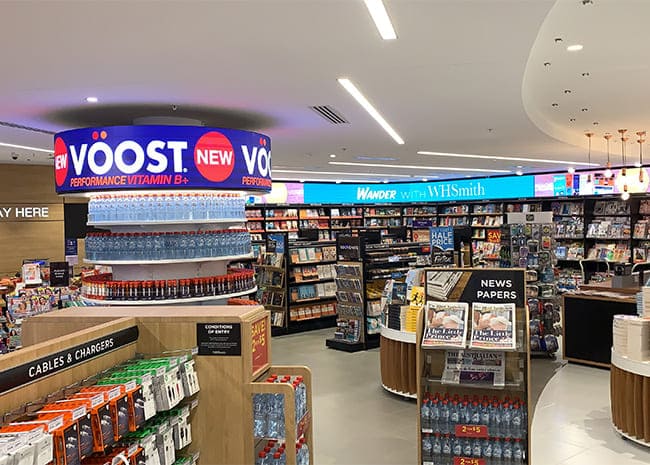
Brightness. The brightness of the flexible LED panel is an essential factor to consider, as it will determine how well the screen can be seen in different lighting conditions. Higher brightness screens are typically better for outdoor or brightly-lit environments, while lower brightness screens may be better for more subdued or indoor settings.
Viewing Angle. The viewing angle of the flexible LED display screen is an essential factor to consider, as it will determine how well the screen can be seen from different angles. Wide viewing angle screens are typically better for retail environments, where customers may view the screen from various angles.
Compatibility. It’s essential to choose a flexible LED screen that is compatible with the other equipment and systems in the retail space, such as video players and control systems. It ensures that the screen can be easily integrated and used with existing technology.
How To Install A Flexible LED Screen?

To install a flexible LED screen, you will typically need to follow these steps:
Plan the installation. Before installing the flexible LED panel, it’s essential to plan the structure carefully. It involves determining the size and shape of the screen, the location where you will install it, and the equipment and tools you will need.
Prepare the installation site. Before installing the flexible LED video wall, preparing the installation site is essential. It typically involves cleaning and organizing the space and ensuring adequate lighting, ventilation, and power.
Assemble the screen. Most flexible LED screens are made up of individual panels that need to be connected to form a larger display. To assemble the screen, you will need to join the panels according to the instructions provided by the manufacturer.
Install the screen. Once the screen has been assembled, you can install it in the desired location. It typically involves hanging or mounting the screen on a wall or other support structure and securing it.
Test the screen. After the flex LED screen has been installed, it’s essential to test it to ensure it is working correctly. Typically, you will turn on the screen and check that all lights are working and that the screen displays images and text correctly.
Configure the screen. Most LED flex screens can be controlled using a computer or other device and typically require some configuration to display the desired content. It involves connecting the screen to a laptop or other device using a cable or wireless connection and using special software to control and configure the screen.
Why Should You Go For A High-Quality Flexible LED Screen?

There are several reasons why it is essential to use a high-quality flexible LED screen, including:
Better performance. High-quality flexible LED displays are typically more reliable and durable than lower-quality screens, making them less likely to experience problems or failures. It can help to ensure that the screen is always working correctly and displaying images and text clearly and accurately.
Improved image quality. High-quality flex LED screens are typically designed to provide better image quality than lower-quality screens. The screen will display images and text with greater detail, clarity, and brightness, which can help to create more engaging and eye-catching displays.
Better energy efficiency. High-quality flexible LED display screens are often more energy efficient than lower-quality screens, which can reduce energy costs and lower the environmental impact of the screen. It can be essential for applications where you will use the screen for extended periods.
Longer lifespan. High-quality flexible LED video walls are typically designed to have a longer lifespan than lower-quality screens. They are less likely to experience problems or failures over time, which can help to save money on repairs and replacements.
Higher value. High-quality flex LED screens are typically more expensive than lower-quality screens, but they can provide better performance, image quality, and energy efficiency. It makes them a better value in the long run, as they will give a better return on investment over time.
Conclusion

YuChip is a brand of flexible LED screens known for their high quality and performance. Our flexible LED video walls are designed to provide superior image quality and energy efficiency. They are made using lightweight and durable materials that allow them to be easily bent and shaped into various forms.
YuChip flex LED screens are suitable for various applications, including advertising, entertainment, events, and architectural design.
Should you have questions, inquiries, or concerns, please reach us at [email protected].











